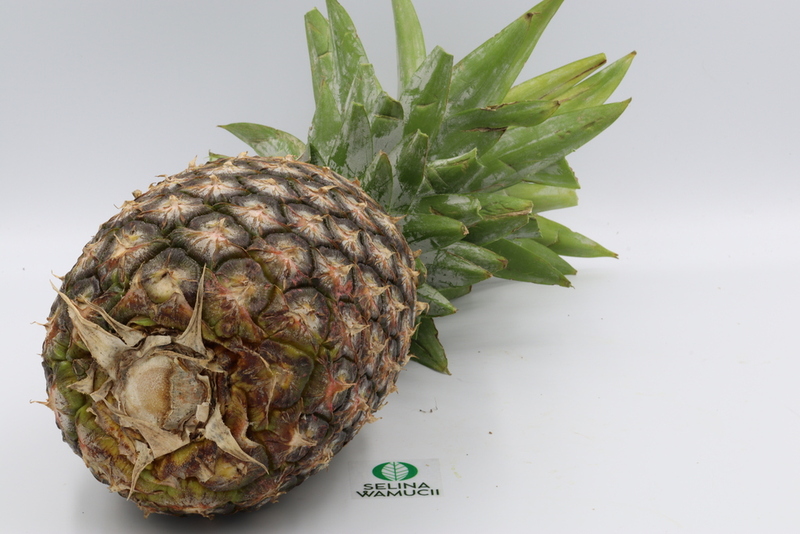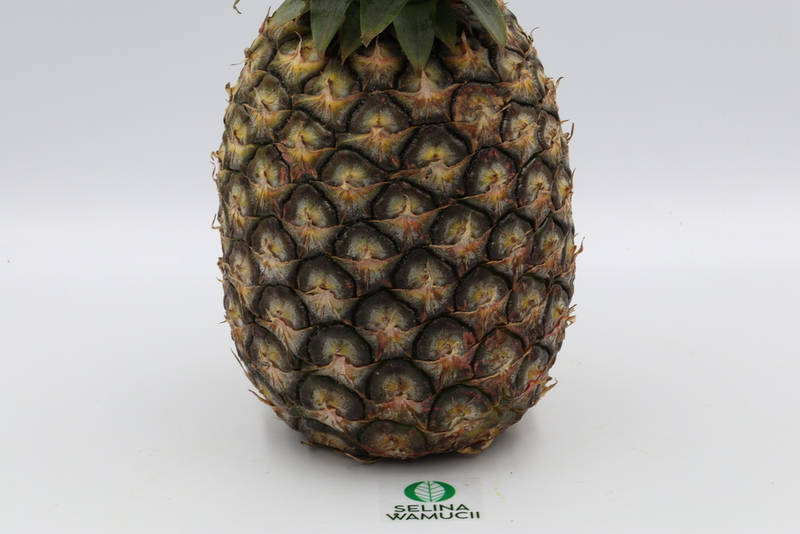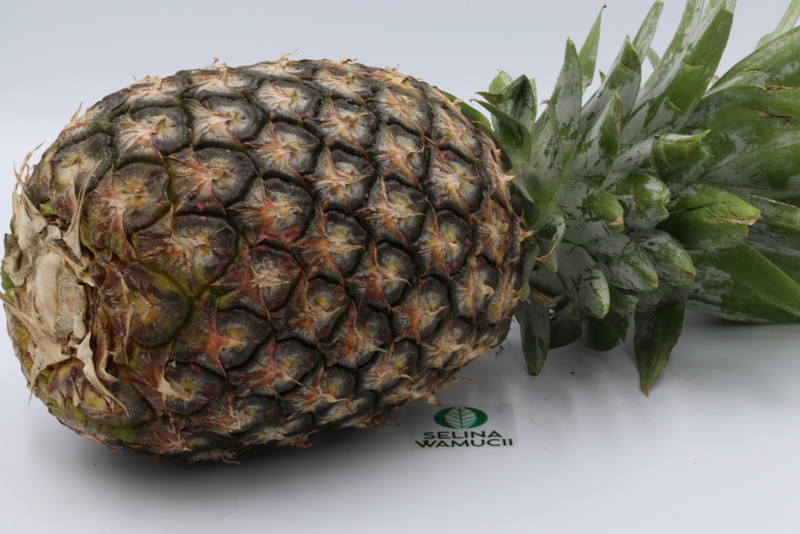Buy Ethiopia Pineapples Directly From Exporters & Suppliers - Best of 2024 Market Prices
Get Instant QuoteEthiopia pineapples are commercial crops that are farmed in large scale as well as by family growers. They’re exported, sold at the local markets and for some; they plant it for their consumption.
The product at a glance
Pineapples are tropical fruits that were first planted in Brazil and with time managed to spread to the tropical parts of the world. Throughout the years, they have attracted broader global Interests hence drawing a good number of investors. They were introduced in Ethiopia about six decades ago with the aim of improving the living standards of small-scale farmers as well as help curb malnutrition. Recently, Ethiopia’s government secluded land in Sidama and G’ojeb which are in the southern parts that would specifically focus on expanding pineapple farming. In 2016, a total of 1.2k Metric tons worth $33.2K was recorded on exports. Locally, they’re sold as a whole, sliced or blended as a way of targeting the local households.
Forms of export
Ethiopia pineapples are exported mainly as fresh fruits whereby they are taken before they ripen. In other forms, they are exported in processed form such as dried, sliced and canned.
Types of pineapples
The main types focused on in Ethiopia are the smooth cayenne and the Red Spanish.
- Smooth cayenne
The smooth cayenne is the most popular cultivar of this category. It accounts to up to 70% of the total pineapples exported. The smooth cayenne is sweet and has an acidic taste. Its spines do not bind it hence attains a weight of up to 4kilograms. Although the smooth cayenne is highly susceptible to diseases and needs extreme care during transport and export, it is mostly priced because it is the best for canning.
- Red-Spanish
The red Spanish is the most reliable when it comes to commercial purposes since its resistant to fruit rot. It tends to get hard hence can handle transportation and packing if it for export. It weighs about 1.3-2.8 kgs. The red Spanish as the name suggests has a reddish-orange color when ripe. Its flesh is a pale yellow color and has a sweet taste as well as aroma.
Growing conditions
Considering the favorable climatic conditions in the Keffa zone, the availability of land as well the affordable labor favors this. Nevertheless, the G’ojeb River provides a reliable substitute in case of rain shortage. They tend to do well in temperatures ranging between 23-34 degrees Celsius as above that would result in a lower yield. Also, there’s a 99% certainty that the products are organic because of the use of farm manure instead of fertilizers since the organic fertilizers are readily available. Though pineapples can be produced throughout the year using irrigation, in Ethiopia, it peaks on the short and long rain seasons; that is March through May and September through November. Generally, pineapples are highly resistant to pests and most diseases apart from stem rot which can be controlled by having a proper drainage system.
Harvesting, Storage, transport, and packaging
On average, the yield is about 70 tons per hectare. Upon maturity, the pineapple tends to change color at its base and to harvest it; the fruit is cut from the stalk using a sharp knife whereby about 5cm is retained.
On storage, the crown can be stored for up to two weeks after harvest without being damaged. Since road transportation is the most common form of transport, most of the times they are transported in crates and since they’re bound to develop pressure sores due to the weight, it is best that they’re kept on their upright position with the crown facing up as opposed to being kept on the sides. Refrigerated transport is usually recommended as it slows the ripening process. Under storage of about seven degrees Celsius, it can last a good twenty days.
When packing, only whole pineapples are packed while damaged are discarded as rejects. Usually, comparted cartons are used to avoid the pineapples lying on top of each other. The cartons used allow proper ventilation since still air does encourage the growth of mold.
Storage advice
For unripe green Ethiopia pineapples, temperatures between 10-120c are recommended, and they can be stored for up to three weeks. For half ripe, they’re usually about 50% yellow, degrees between 7-100c are recommended and can stay for about four weeks. Once ripe, 4.5-70c is best and can last a maximum of three weeks.
As much as Ethiopia currently doesn’t have an outstanding market share, the fact that it is ranked at position 70 in the total world production is quite promising. Hence, to importers of pineapples, Ethiopia is a great place to source the product. Order from us today!
Get Instant Quote
Are you a producer of Ethiopia Pineapples or other products?
Sign up today for FREE to buy or sell Ethiopia Pineapples.





